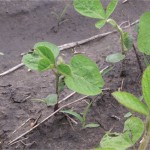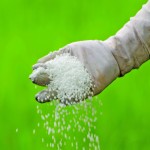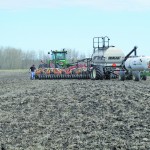Don’t roll soybeans until they reach the first trifoliate stage, advises Dennis Lange, or you risk breaking too many young plants. “You don’t want any beans at the hook stage,” said the Altona-based farm production adviser with Manitoba Agriculture Food and Rural Initiatives. “Only roll if you have some stones or dirt that will cause







